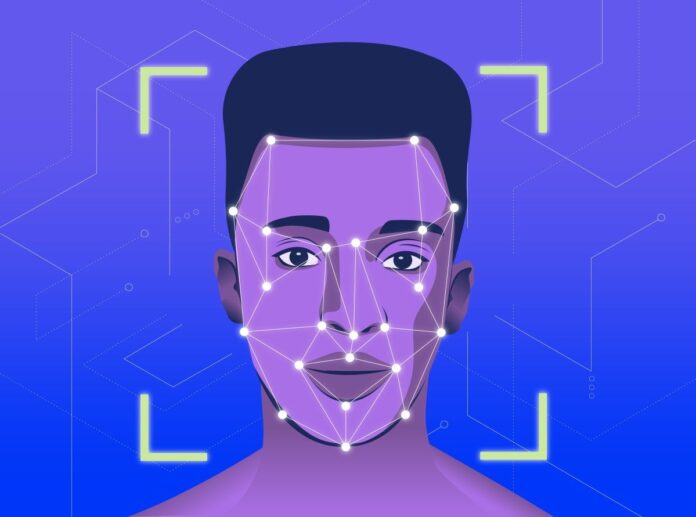In today’s digital age, face recognition API technology has become increasingly prevalent, offering a wide range of applications from security to personalization and more. By improving its integration capabilities, face recognition APIs take this to even newer heights.
There was a time when facial recognition technology was simply a concept found in sci-fi fiction. But with rapid technological advancements and the advent of Face Recognition APIs, harnessing its power has never been easier. In this article, we’ll explore how to effectively utilize the Face Recognition API service and the benefits it offers to users.
Understanding Face Recognition API
Face Recognition API is a software interface that allows developers to integrate face detection, recognition, and analysis capabilities into their applications. It leverages advanced algorithms to identify and authenticate individuals based on facial features captured through images or video streams.
Choosing the Right API Provider
Before diving in, research and select a reputable Face Recognition demo provider that aligns with your specific requirements. Consider factors such as accuracy, speed, pricing, and compatibility with your platform or programming language. Once you’ve chosen a Face Recognition API service provider, follow their documentation and guidelines to integrate the API into your application seamlessly. Most providers offer SDKs (Software Development Kits) and sample code snippets to facilitate integration across various platforms.
Key Benefits of Face Recognition APIs
The following are some of the ways in which businesses can leverage the power of face recognition APIs:
User Authentication and Security
One of the primary benefits of Face Recognition API is enhanced user authentication and security. Users can securely log in to their accounts or access restricted areas by simply scanning their faces, eliminating the need for traditional passwords or PINs, which are susceptible to breaches.
Personalization and Customization
Face Recognition API enables personalised user experiences by recognising individual users and tailoring content or recommendations based on their preferences and history. This level of customisation enhances user engagement and satisfaction.
Streamlining Business Processes
For businesses, Face Recognition API can streamline various processes such as customer verification, attendance tracking, and access control. By automating these tasks, organisations can improve efficiency, reduce human error, and enhance overall productivity.
Enhanced User Experience
Incorporating face recognition technology into applications enhances the user experience by simplifying interactions and reducing friction. Whether it’s unlocking a smartphone, making secure payments, or accessing personalised content, users benefit from seamless and intuitive interactions.
Accessibility and Inclusivity
Face Recognition API promotes accessibility and inclusivity by offering alternative authentication methods for individuals with disabilities or limitations that make traditional methods challenging. This ensures that everyone can access and enjoy digital services without barriers.
Ensuring Responsible Use
While leveraging Face Recognition API offers numerous benefits, it’s crucial to prioritise data privacy and compliance with regulations such as GDPR (General Data Protection Regulation). Ensure that user consent is obtained and sensitive facial data is handled securely to maintain trust and integrity. It’s also crucial to continuously monitor and evaluate the performance of Face Recognition API within your application. Gather user feedback, analyse usage patterns, and iterate on the implementation to optimise accuracy, reliability, and user satisfaction over time.
Wrapping Up
Face Recognition API presents a powerful tool for developers to enhance user authentication, security, personalisation, and efficiency across various applications and industries. By understanding how to utilise this technology and its benefits for users effectively, developers can create innovative and impactful experiences that elevate their applications to new heights.















